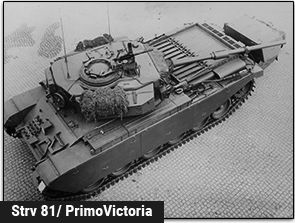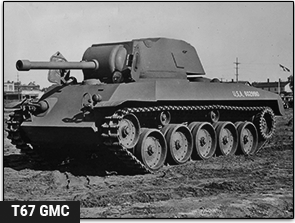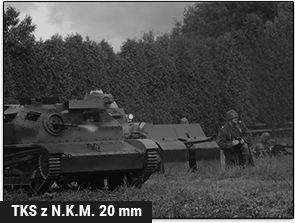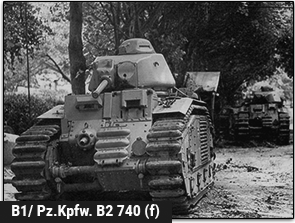Warspot.net is where history comes alive!
The dedicated site features articles about various aspects of military history and technology for readers of all interest levels.
Our authors include specialists who put a lot of effort into their articles. They tell you about little-known military conflicts, development and use of military vehicles, creation of iconic weapons, outstanding engineers, tactics of renowned commanders, heroic deeds of ordinary soldiers, and more.
Here is the Warspot Digest for June 2020 — all this and more on Warspot.net!
Warspot Digest: June 2020
 |
Adventures of the Centurion in Scandinavia Despite Sweden's goals to arm itself with domestic designs, foreign tanks in their army were not rare. In cases when their industry was too slow, or designers put out unsatisfactory results, the Swedish military made up the shortfall with foreign purchases. Recall the Strv m/37, Sweden's most numerous tank at the start of WWII, was actually the CKD AH-IV-Sv tankette. Later, the Swedes acquired the Strv m/41, a licensed copy of another Czechoslovak vehicle, the LT vz.38. A similar story happened again after WWII. Tired of waiting for domestic designers, the military purchased British Centurion tanks, which ended up being the most numerous tanks with a classical layout in the Swedish post-war army. [READ MORE] |
 |
T67 GMC: Halfway to the Hellcat In late 1941, design of a new light tank destroyer on the Light Tank M3 chassis began in the U.S. Work on equipping the T56/T57 GMC with a 76 mm gun game to a dead end. It turned out the M3's light chassis was unsuitable for such vehicles. By the time the T56 arrived at Aberdeen, the T49 was already undergoing trials. Even though it also never made it to production, further development of its design resulted in one of the best known American tank destroyers of WWII. [READ MORE] |
 |
TK-3 and TKS: Poland's Armored Cockroaches By pure numbers, Poland had an impressive amount of armored vehicles in WWII: about 870 units (against approximately 2,700 German tanks in Army Groups North and South). Approximately three quarters of them, however, were rather unusual vehicles: TK-3 and TKS tankettes. What were the machines that formed the backbone of the Polish armoured forces like? [READ MORE] |
 |
Char B in German Service The mistake of choosing a "battle tank" (Char de bataille) as a main tank became obvious during the campaign in France in May-June of 1940. The French tank industry did not manage to shift its gears for war. As a result, by the time the German invasion began, the availability of Char B1 bis tanks was far from what was planned. In addition, some French tanks were lost to either technical problems or because of poor supplies of fuel and ammunition. Many of them fell into German hands. How did the German army use the Char B1 and vehicles on its chassis? [READ MORE] |
